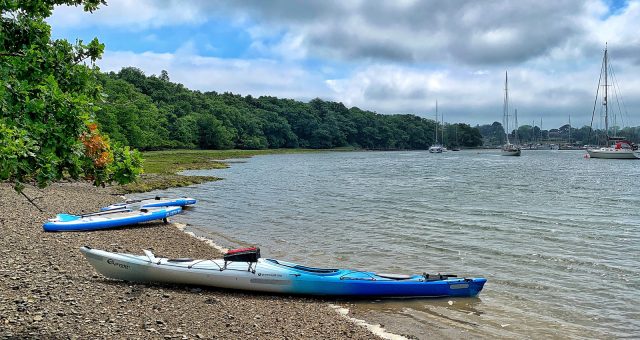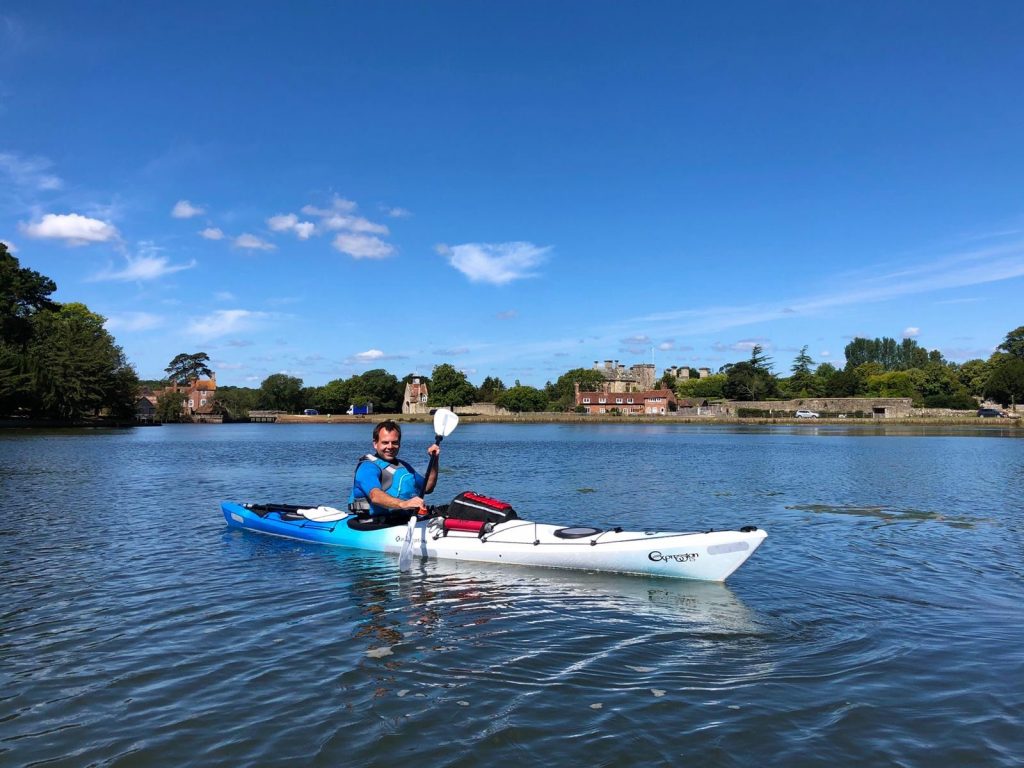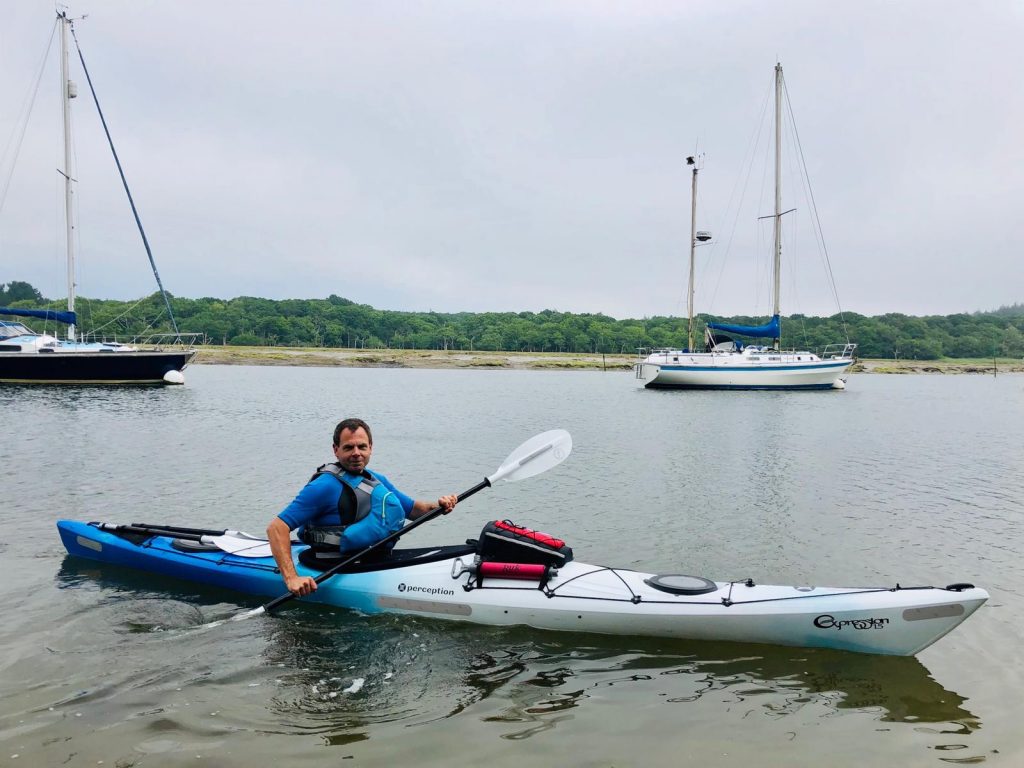
Guide 2 – Where to kayak in the UK
Great Britain has some of the best kayaking in the world. We have huge variety in our rivers, wetlands and coastline. Soon you’ll discover it’s always best explored from the comfort of a canoe or kayak. There are some issues involved in choosing where to paddle. Here we look at the access issues in a variety of environments, how to access all this information and where to kayak in the UK.

Access
We do love our ‘red tape’ in Britain and the access to water ways is certainly not free from administration.Unlike elsewhere in the world, the public can-not assume there is an automatic right to have access to inland waters (rivers and lakes) in the UK and Wales. Land owners who own the river bank have the say if boats are allowed; it is dif-ficult in many cases to come to an agreement.Tidal areas of water (estuaries and the sea) do have open access. We simply need to be able to launch from a public area.
Canals
Great places to start our paddling, canals offer a safe place to explore and learn some of the skills. We have a massive network of canals in the UK; see a full list and some history on your local canal. Built in the industrial revolution we have a right to use these water ways as they were built for navigation.With a few clicks you can find your local canal to see if there are good bits to explore in your boat. We obviously aren’t allowed in locks but it should be easy to walk around and get back in.
Lakes and reservoirs
In some areas of the UK your nearest place to paddle will be a lake or reservoir. These provide ideal sheltered places to explore and learn. The land owners around the lake will have the say over who is allowed to paddle and at what time of year. If it’s a reservoir, speak to the water board who own the lake to find out where to get on. In England we are fortunate to have many large lakes and reservoirs that can be enjoyed by kayakers and canoeists. They are normally sheltered from winds and have no currents making them a perfect beginner location to learn. Most are easily accessible at public slipways and are only a small fee or free to use.
Rivers
England, Scotland and Wales have a great range of rivers to enjoy. Access to rivers is often in dispute as land owners assume owner-ship of the river and can deny access to pad-dlers. Check out the situation on your local rivers with the online rivers guide a great site for all canoeists. All rivers will be flowing towards the sea so it makes sense to start in one place and finish downstream. In the Summer these flows will be less as the river level drops and in Winter the speed will be faster as the level rises. We do have a grading system (1-6) known as the River Grading System to give a broad impression of the difficulty and dangers on any stretch of river. Make sure you’re on the right section of river, when you want to push your grade, do so with a guide or coach. It’s important to make sure the level of the river is high enough.
Estuaries and harbours
For many of us who live by the coast, the calm waters of estuaries, inlets and harbours are the perfect place to paddle. When the inland waters meet the sea we get an abundance of wildlife and habitats.As long as the water is tidal you have the right to access and use that area. The only excep-tion to this rule is the river that we work on here at Liquid Logistics, the Beaulieu River, which is the only privately owned tidal water in the UK, and you will need permission from the Harbour Master to paddle.

Remember – Go prepared, check your tide times and weather forecast as conditions can change quickly and some estuaries and harbours flow quickly at certain points of the tide.
Sea Kayaking
If its sea kayaking that you are keen on then there is a huge variety of coastline to explore. Even in Hampshire where I am based, we have the Solent, Isle of Wight and the Jurassic coastline of Dorset just an hour away.
As always we can tackle simple coastal trips with gentle tides and lots of chances to get off the sea. As we get more experience we can enjoy towering sea cliffs and strong currents. Sea paddling does allow for expeditions and camping, always seek permission from land owners before setting off. Seamanship is an important aspect of sea kayaking, the more we understand the move-ments and features of the coastline, the more confidence we can have in exploring new are-as. Conditions change quickly so start simple and go prepared.
Top tips
Within your local area there will be local BC affiliated clubs who travel to many locations and are full of knowledge on the access rights for the local area and the best ‘get ins’ and ‘get outs’. The key to paddling in all forms is to make good decisions both on and off the water. We all need to be in the right place for our skillset; for some this is challenging conditions with serious risks. These paddlers will have started by messing about on a sheltered lake or the corner of a harbour. Learn the basics, develop your knowledge and match this to your environment. With any trip you plan, make sure you have a ‘plan B’ if the environment changes, or that you can get off the water safely if the challenge becomes too much.
Go to guide no 3. – Choosing the right Kayak for you

